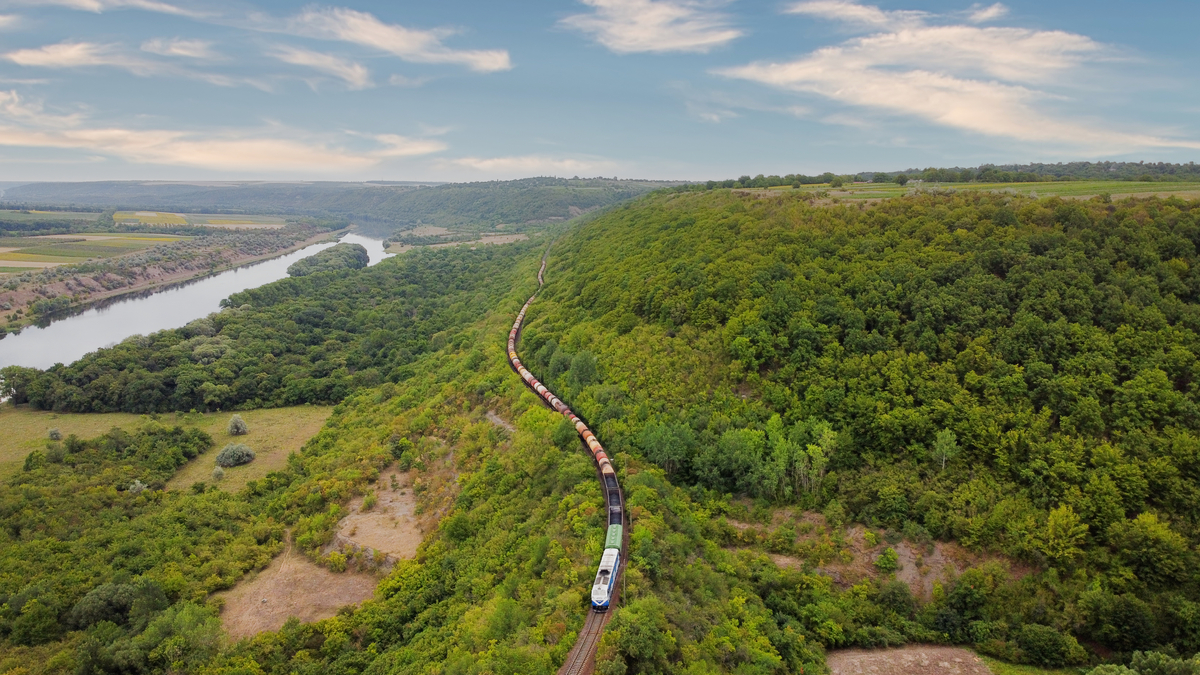
World Sustainable Transport Day: our contribution
Can transport software drive a greener future? We believe so. Here’s a recap of our contribution.
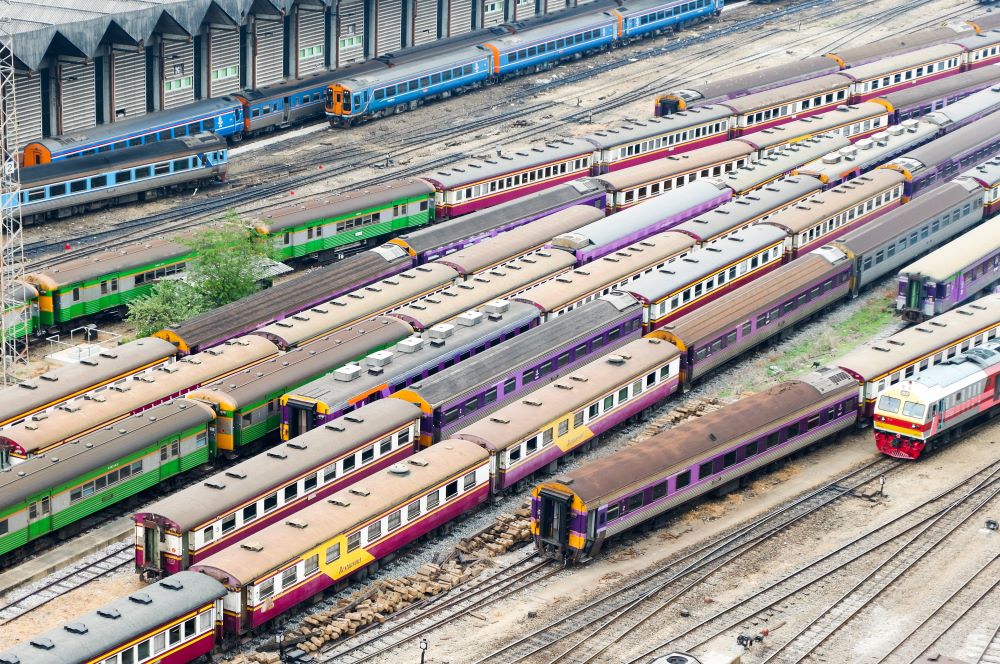
A unified digital platform helps railway companies simplify shift management as well as personnel requests. It also reduces administrative burden while improving service reliability.
On the contrary, disconnected managing systems lead to delays, inefficiencies, and errors.
Let’s walk through a typical operational day to see how integrated tools can make a difference.
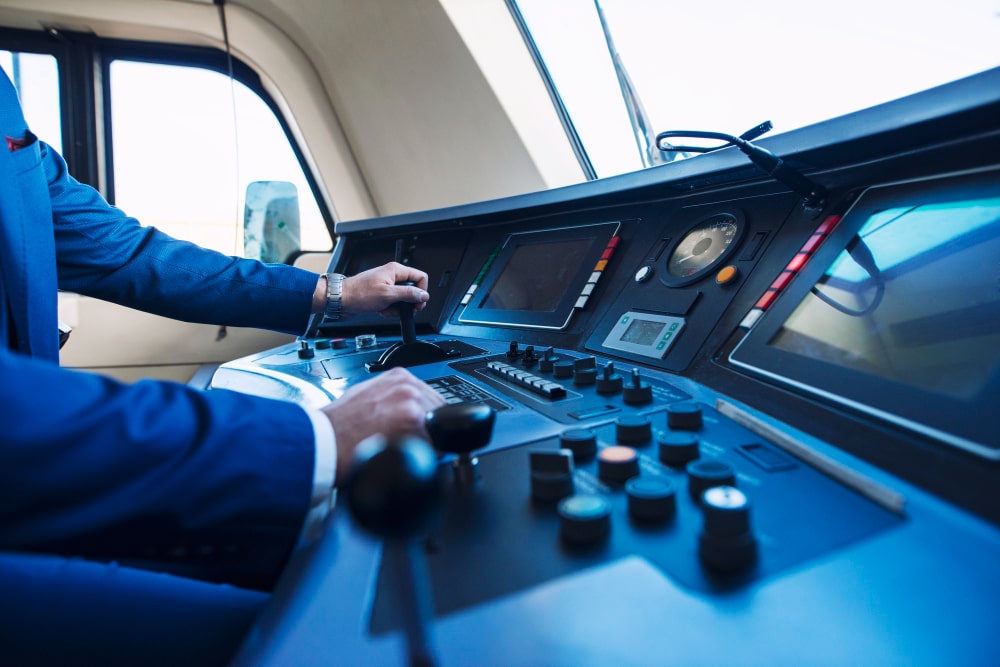
The day starts early, and so do the shifts. At the end of each one, data must be collected and handed off to incoming staff and supervisors. Even so, mistakes or omissions at this stage can affect the entire day.
For this delicate time of the day, we developed a feature to digitally fill out service bulletins at the end of the shift.

Planning work shifts often involves overnight stays. Therefore, it requires coordination between timetables, hotel availability, and employee needs.
In this case, LogiShift’s Hotel module automates the management of reservations by suggesting venues according to planned shifts and availabilities.
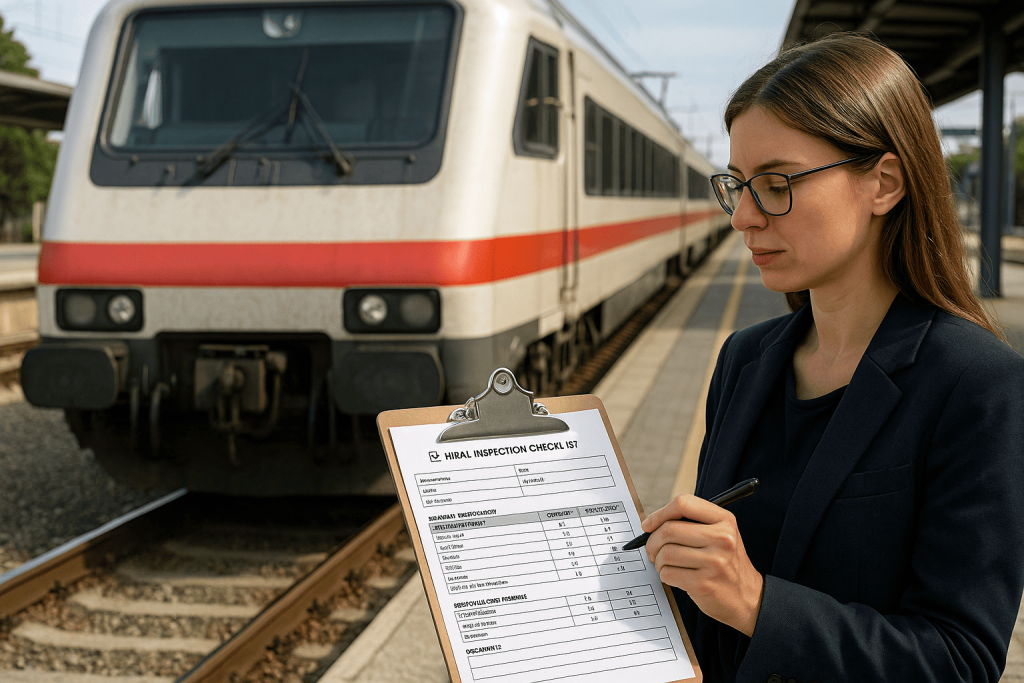
Vacation requests pile up during summer and holidays. As a result, managers need to ensure service coverage while also respecting personnel leaves: a tough task when handled manually.
LogiShift can support railway companies even in this circumstances, since its system is already aligned with rosters and staffing rules.
The day starts early, and so do the shifts. At the end of each shift, data must be collected, verified, and handed off to incoming staff and supervisors. Even so, mistakes or omissions at this stage can affect the entire day.
What truly helps is a digital shift handover form that centralizes service logs improves traceability and reduces errors, like LogiShift’s service bulletin:
Centralized data collection
Real-time availability for supervisors
Digital traceability
Planning work shifts often involves overnight stays, requiring coordination between timetables, hotel availability, and employee needs.
In this case, a digital system simplifies hotels management by:
Connecting staff schedules with accommodation availability
Suggesting hotel options per shift
Automatically generating booking or cancellation emails
With LogiShift Hotel Module, logistics are handled smoothly. In addition, it minimizes spreadsheets, emails, and phone calls.
Vacation requests pile up during summer and holidays. Therefore, managers must ensure service coverage while at the same time respecting personnel leaves: a tough task when handled manually.
In this situation, LogiShift supports railway companies efficiently. Given that its system is already aligned with rosters and staffing rules, it can coordinate:
Staff availability
Leave quotas and contract constraints
Shift coverage requirements
The workday ends, yet the operational cycle continues. Above all, transportation companies must maintain control, continuity, and consistency of data.
LogiShift was created to do just that: to provide a solid foundation for day-to-day operational management. Moreover, it offers specific railway tools integrated in a consistent, easy-to-use system designed for the rail industry.

Can transport software drive a greener future? We believe so. Here’s a recap of our contribution.
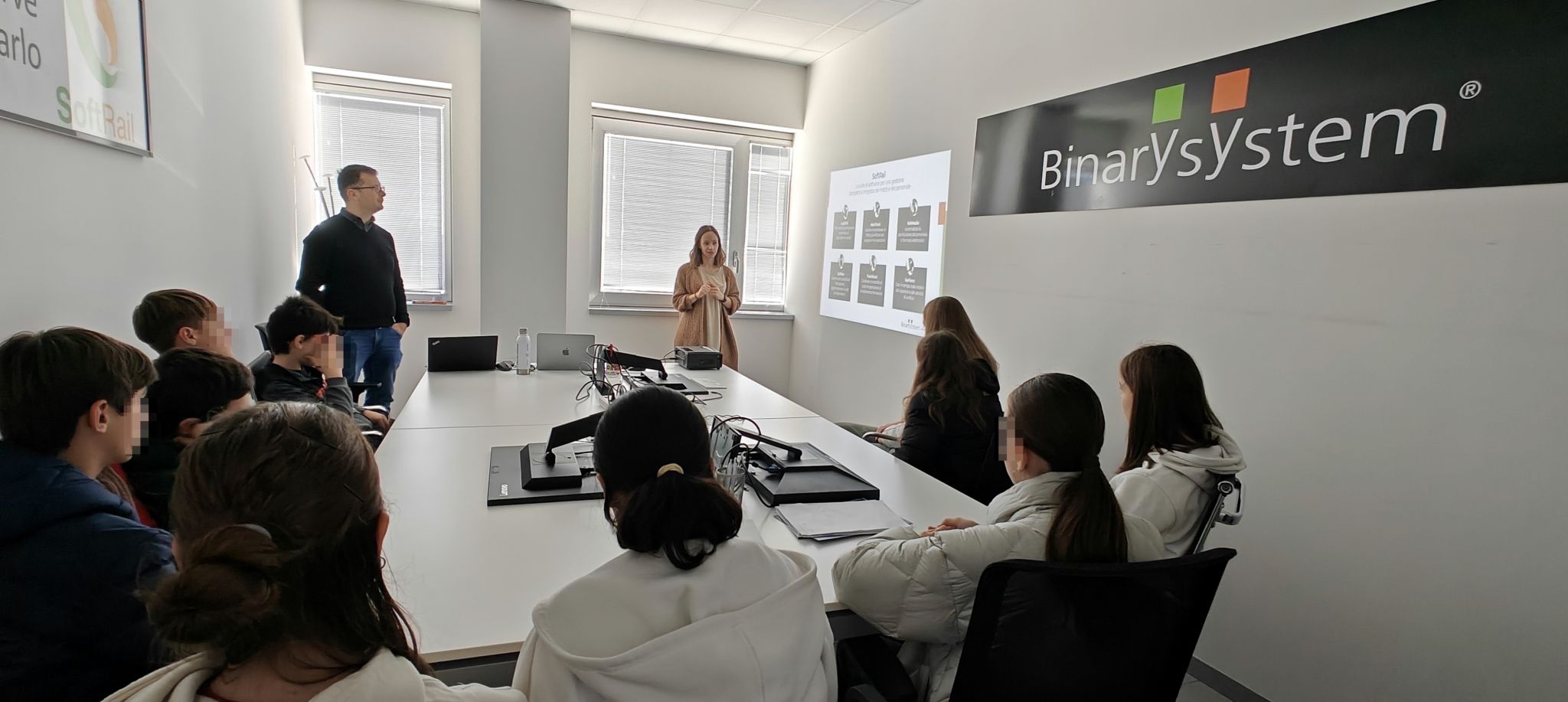
An initiative organised by Confindustria Piacenza, which represents an important connection between the worlds of school and work.

Our teams enjoyed a dynamic programme packed with meetings and opportunities for collaboration.